的点评
Interesting exhibition
Europa Expo - Expo da Vinci的点评
点评:We thoroughly enjoyed the exhibition about Leonardo Da Vinci as artist, engineer, and gourmet in the famous Calatrava railway station of Liège. In the section about Da Vinci as an artist, we learned a lot about his use of the techniques of “sfumato” and “chiaroscuro” by studying reproductions of famous paintings. Of course we didn’t expect to see “real” paintings, knowing that Leonardo's Salvator Mundi fetched 450 million dollars at auction in New York and the Mona Lisa is estimated at 700 million dollars. The section on Da Vinci as an engineer presented an interesting mix of facsimiles of his drawings, wooden models constructed on the basis of the sketches, and interactive exhibits we could touch to study the functioning of some of his simpler inventions. The last part, about Da Vinci as a gourmet, was the most surprising. It presented a large kitchen he designed for the house of a friend and showed how he introduced elements of Italian Renaissance gastronomy in France while staying at the Château of Clos Lucé in the Loire Valley. There were also several corners with activities for (not too small) children, like learning the mirror writing used by Leonardo, colouring a picture of the Mona Lisa, or constructing a bridge with wooden sticks
翻译:我们非常享受在列日著名的卡拉特拉瓦火车站举办的关于列奥纳多·达·芬奇作为艺术家、工程师和美食家的展览。在关于达·芬奇作为艺术家的部分,我们通过研究名画的复制品,了解了他使用“晕涂法”和“明暗对照法”的很多技巧。当然,我们并不指望能看到“真正的”画作,因为列奥纳多的《救世主》在纽约拍卖会上拍出了 4.5 亿美元,而《蒙娜丽莎》估价为 7 亿美元。关于达·芬奇作为工程师的部分展示了他的绘画复制品、根据草图建造的木制模型以及我们可以触摸的互动展品,这些展品让我们可以研究他的一些简单发明是如何运作的,这些有趣的组合。最后一部分是关于达·芬奇作为美食家的部分,是最令人惊讶的。展览展示了他为朋友家设计的大厨房,以及他在卢瓦尔河谷克洛吕塞城堡居住期间如何将意大利文艺复兴时期的美食元素引入法国。展览还为年龄不小的儿童准备了多个活动角落,例如学习达芬奇使用的镜像书写、为蒙娜丽莎的画作上色或用木棍搭建桥梁
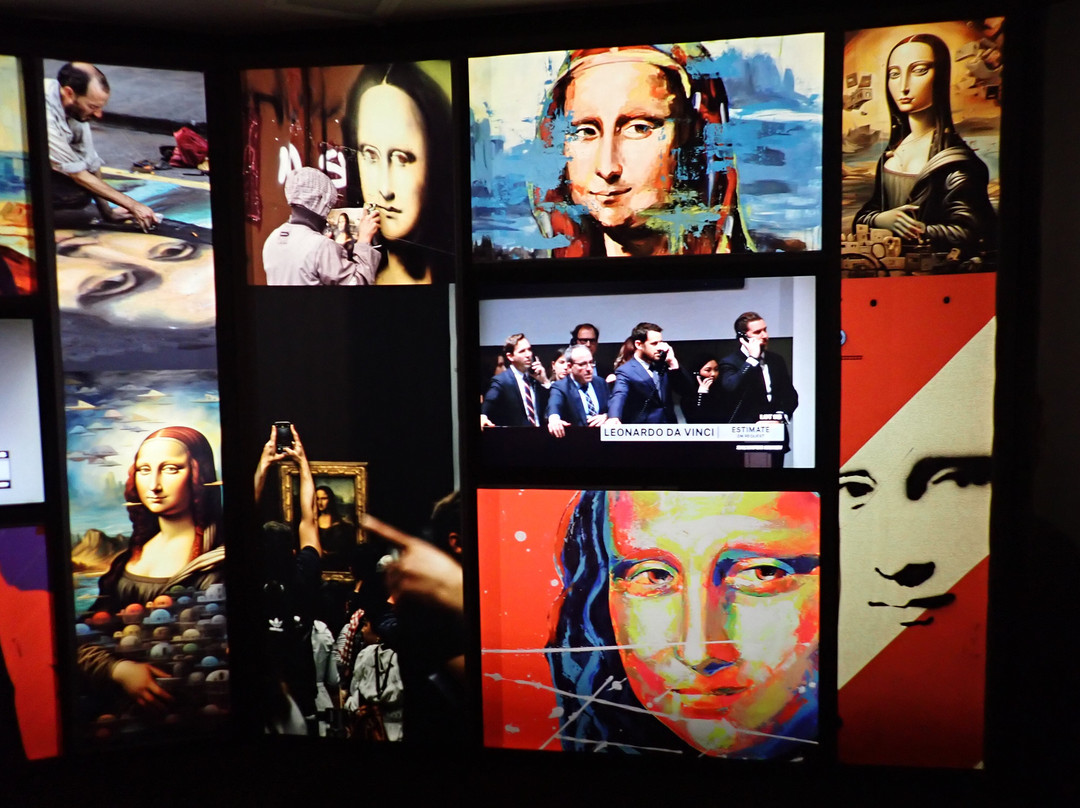
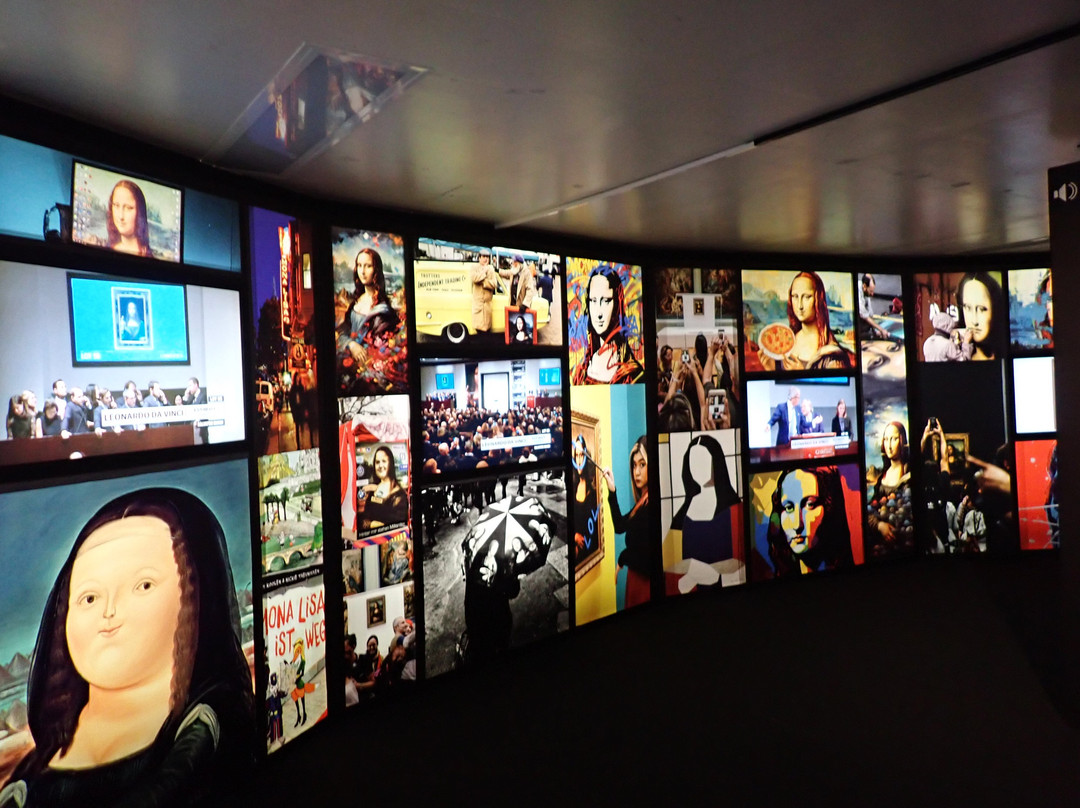
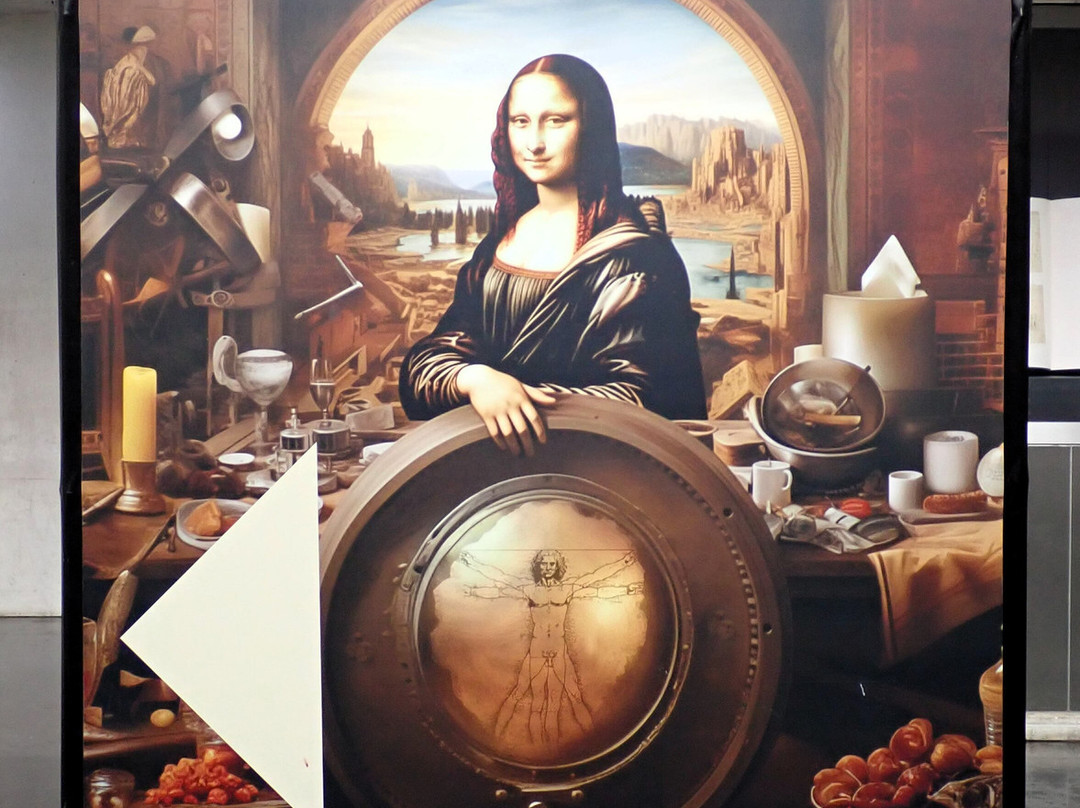
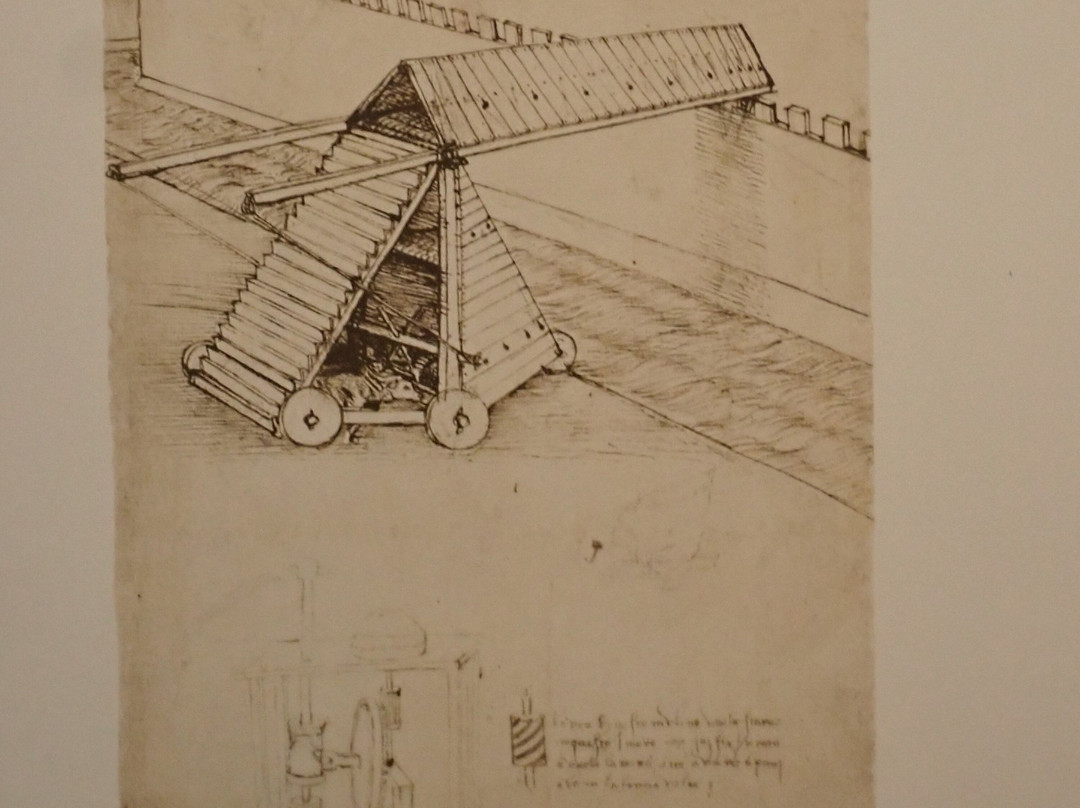
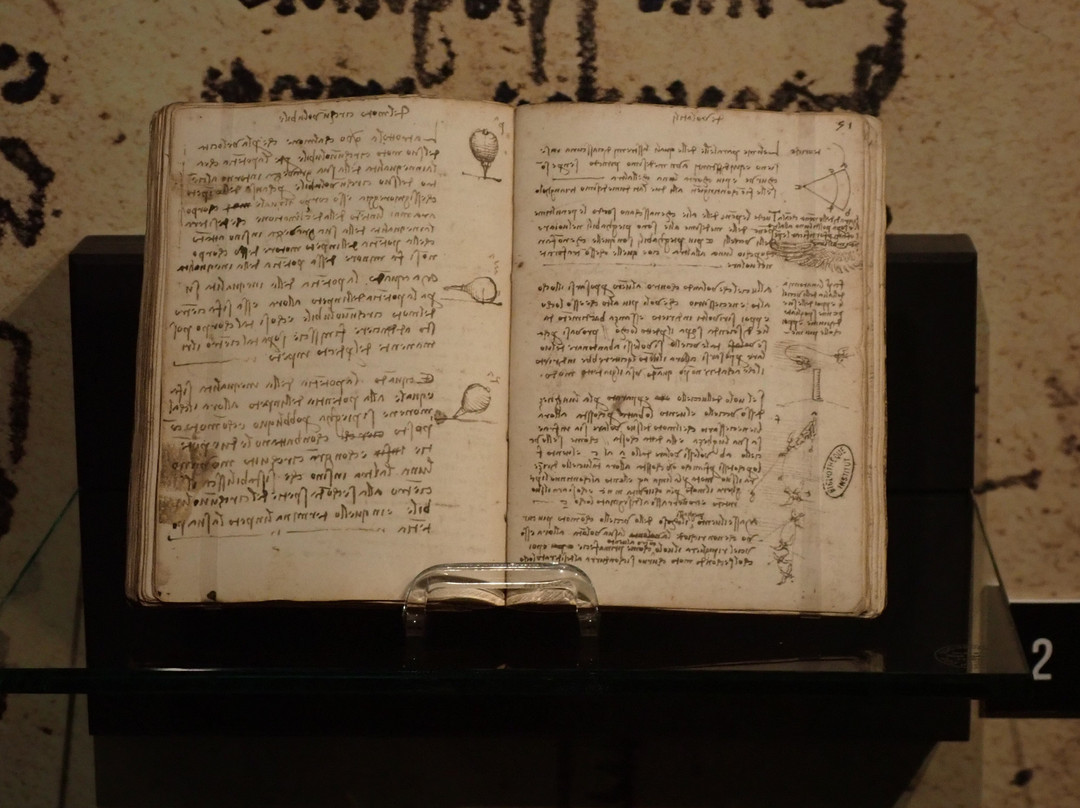
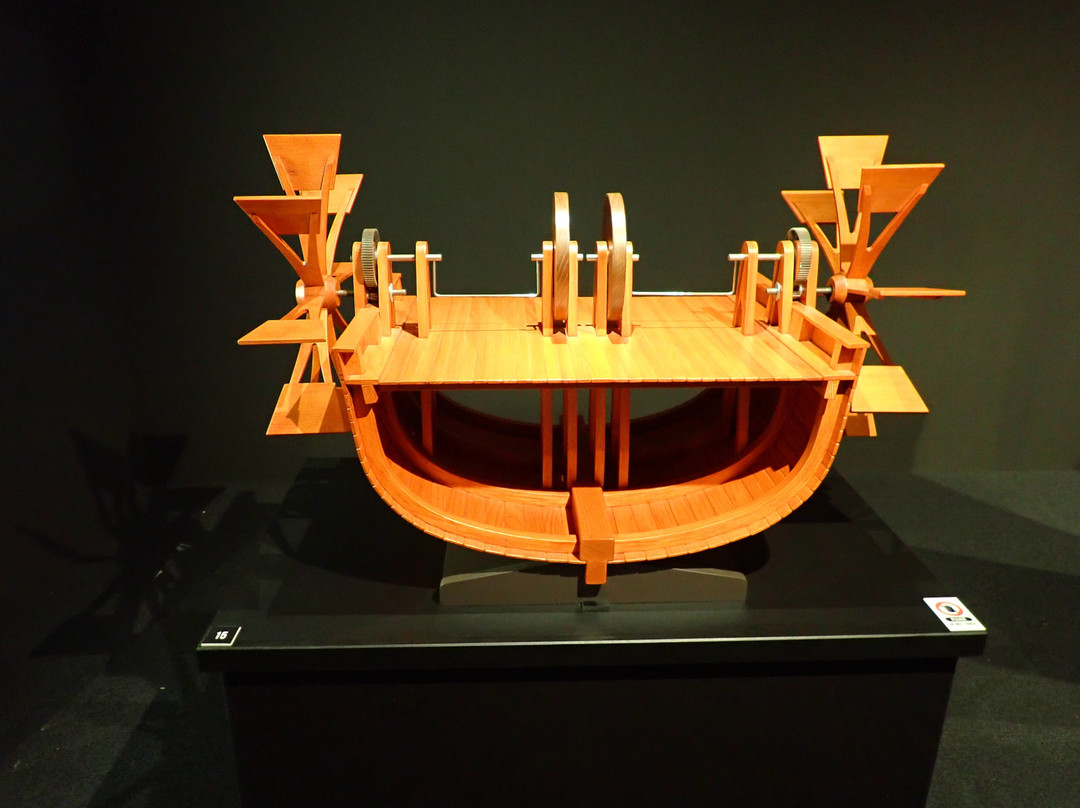
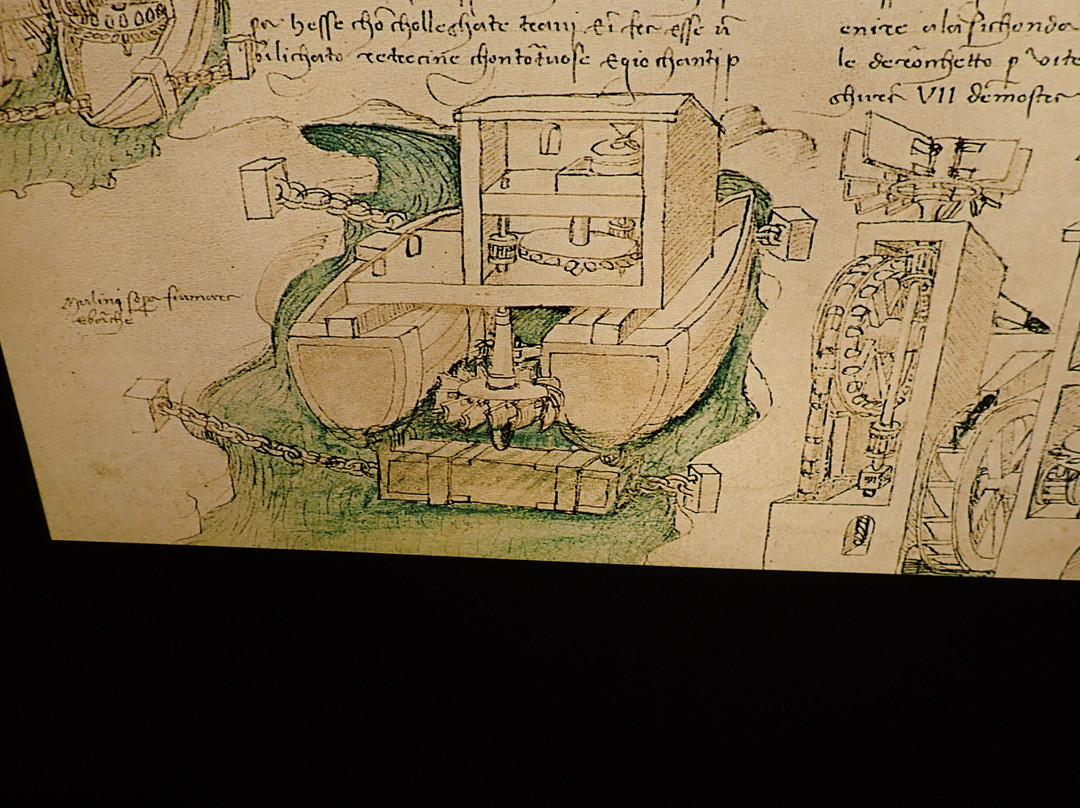
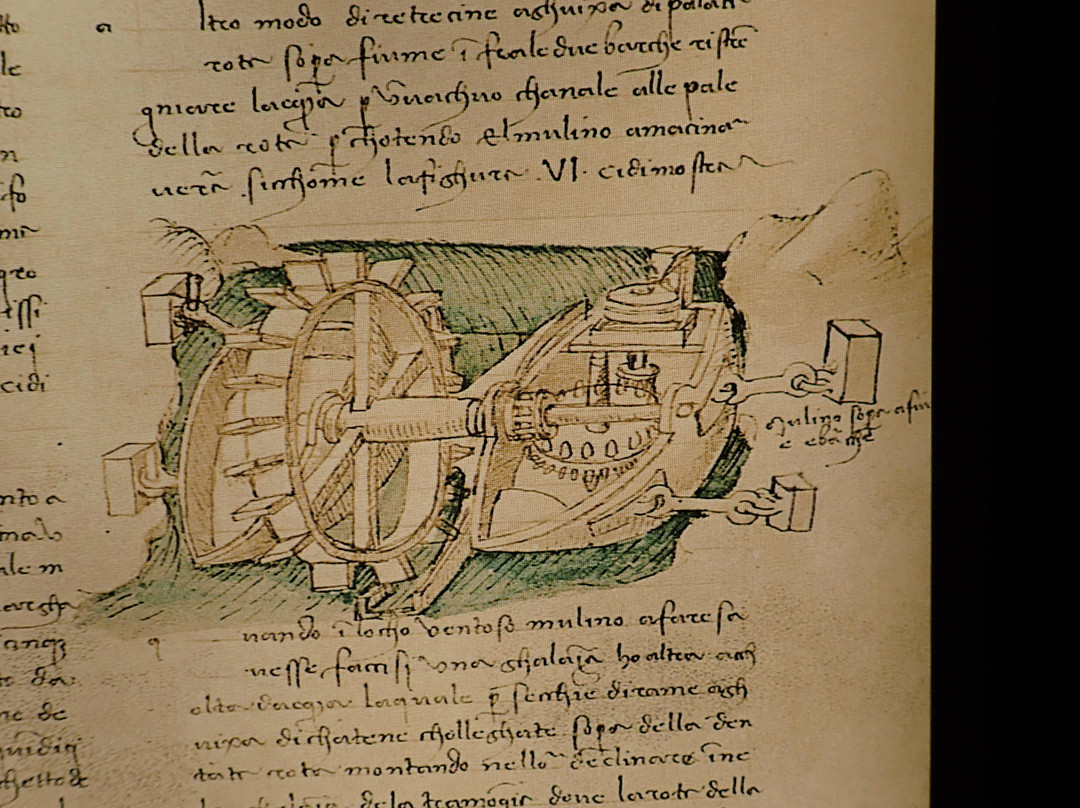
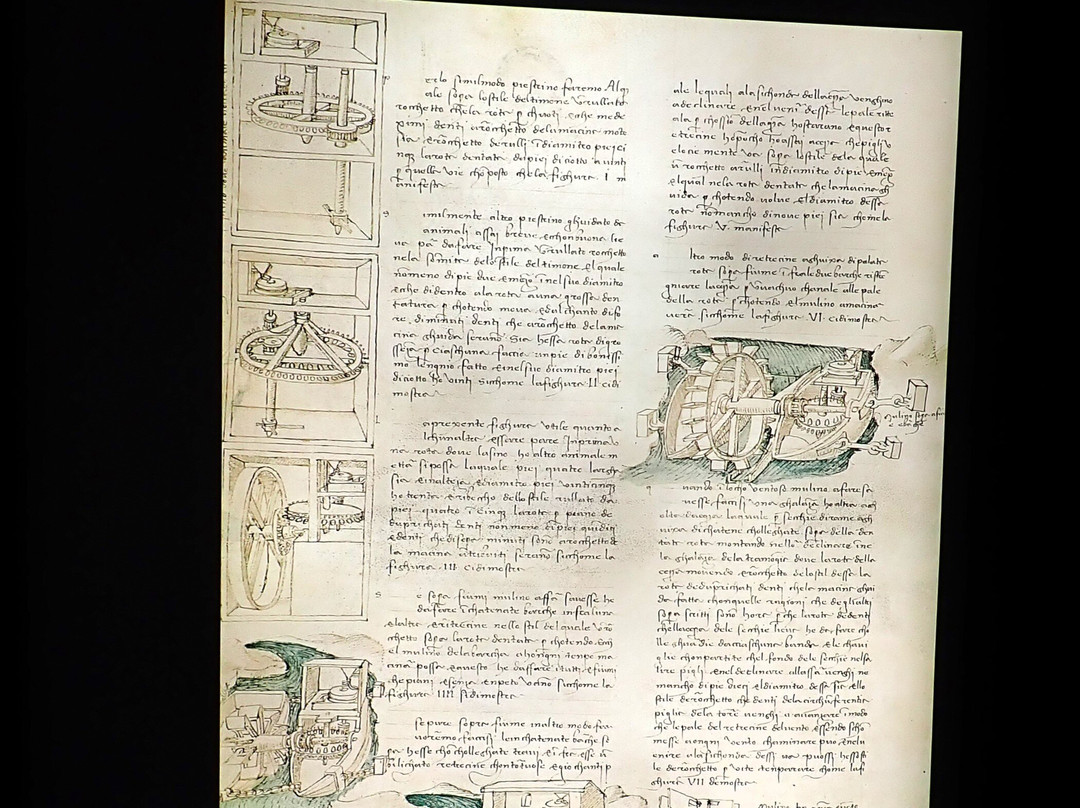
此点评仅代表旅行者个人的主观意见,并不代表TripAdvisor以及其合作方的意见。
关于我们
|
新闻动态
|
商务合作
|
会员中心
|
业主中心
|
业主通
|
常见问题
|
意见反馈
|
联系我们
|
营业执照
© 2025 Tripadvisor 版权所有。
使用条款 |隐私政策 |网站工作原理
部分照片由 VFM Leonardo 提供。
* Tripadvisor不是旅行社,也不是旅游预订服务代理商。我们提供免费、客观、公正的旅游资讯服务。 (显示更多)
TripAdvisor LLC 既不是预订代理商,也不是旅游运营商,不会向网站用户收取任何服务费。 按照规定,在 Tripadvisor 发布机票价格、游览和旅行套餐的合作伙伴(航空公司、旅行提供商及预订代理商),其标价须包含所有费用和附加费用。 例如, 机场出入境税费、消费税与其他服务费、手续费、杂费及附加费用。 当您向我们的某个合作伙伴进行预订时,请务必查阅他们的网站以了解当地行政部门要求的所有适用费用的具体情况。 除非另有说明,机票价格通常指的是一个人的价格(以人民币计)。
为方便起见,TripAdvisor LLC 根据从我们的预订合作伙伴获取的空房率计算每个酒店的均价。 对于游览和景点来说,所显示价格通常是每位成人的最低可用价格。 对于列出的任何旅行套餐或优惠,TripAdvisor LLC 无法保证任何特定的费率或价格。 此外,酒店均价每晚会更新,并以您的首选币种表示(使用现行汇率)。 由于这些已换算的价格是预估价格,因此,有关具体金额和币种请与预订网站进行核实。
此外,TripAdvisor LLC 无法保证我们网站上宣传的价格随时有效。 标价可能需要预订一定天数才能生效,或有不可用日期、使用条件或限制。
TripAdvisor公司对外部网站的内容一概不负责。优惠价格中不含税和其他费用。
ICP证:沪B2-20200433
沪ICP备20013175号
 沪公网安备31010502005427号
沪公网安备31010502005427号鹰程信息技术(上海)有限公司
货币/国家及地区
¥CNY
中国

